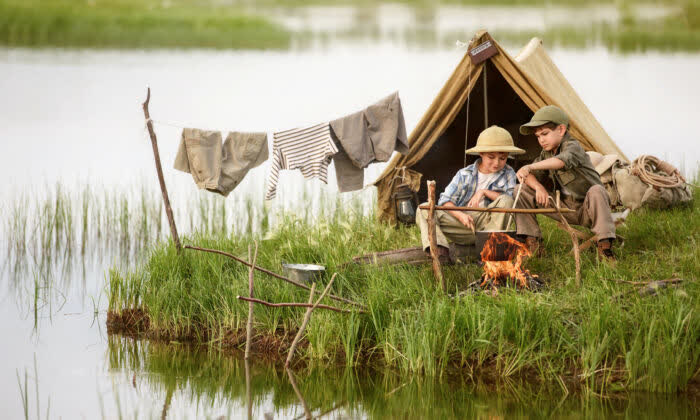The Dangerous Book for Boys, first encountered in a London bookshop in the mid-2000s, presents a fascinating juxtaposition between its retro appearance and its content, which includes instructions on making catapults, hunting rabbits, playing poker, and creating water bombs. Despite its seemingly dangerous title, the book provides a refreshing contrast to the increasing nanny state culture of today, reminding us of an era where boys could experience adventure without restrictions.
As society grapples with the so-called “feminization” of America and Europe, as well as the ongoing “war against boys,” The Dangerous Book for Boys offers a much-needed reminder of what it means to be a boy in today’s world. The book encourages hands-on learning, problem-solving, and an appreciation for nature, all while fostering curiosity and resilience.
In addition to practical skills such as paper airplane construction, the book also offers a wealth of knowledge on various subjects, including cloud formations, famous battles, Latin phrases, and great literature. The authors of the book recognize that boys naturally gravitate towards the outdoors and are keenly interested in rocks, bugs, snakes, and woodpiles, making it an ideal companion for those looking to foster a sense of adventure and exploration in young boys.
The Dangerous Book for Boys was met with great success in England, offering hope that this kind of resource can be embraced by parents and educators alike. For those interested in experiencing both the American and English editions, there are noticeable differences between the two versions, such as currency conversions and content adjustments to reflect cultural nuances.
In conclusion, The Dangerous Book for Boys is a must-read for anyone looking to encourage a sense of curiosity, exploration, and resilience in boys today. By providing practical skills, historical knowledge, and an appreciation for nature, this book offers a much-needed antidote to the increasingly risk-averse culture that has come to define modern childhood.

